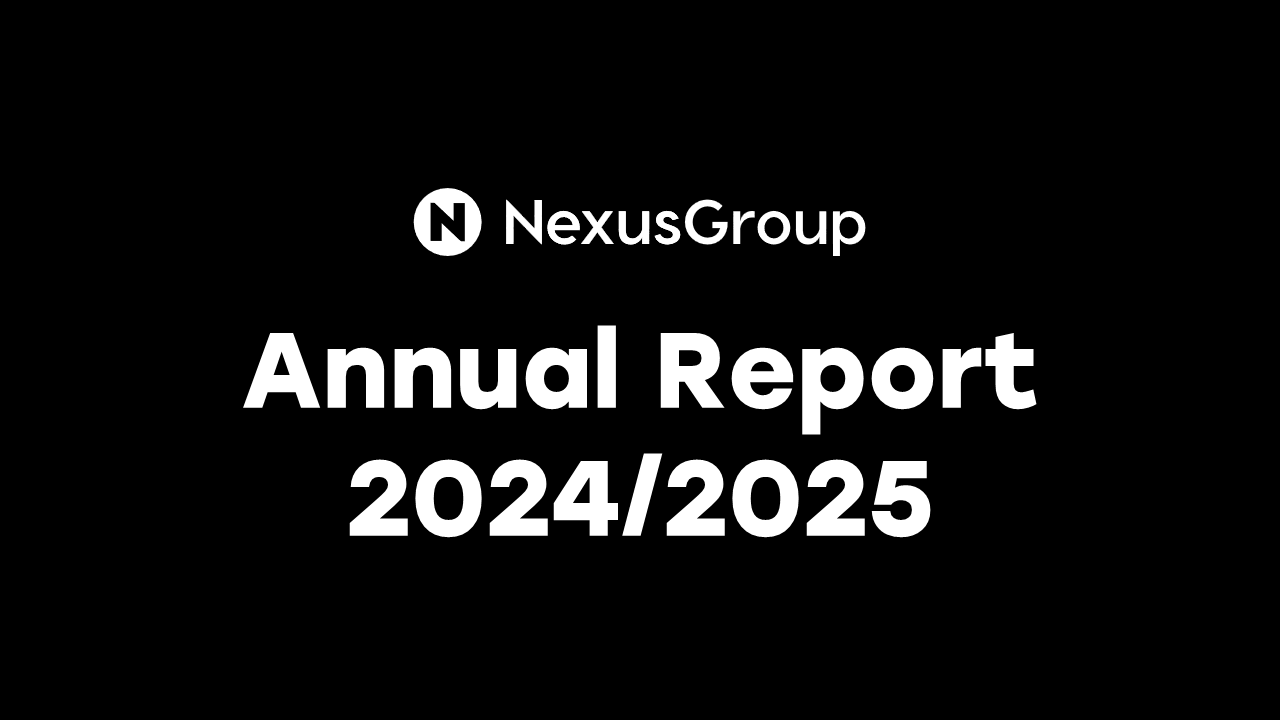Meetings are an important part of successful collaboration—but only if they are organized sensibly. As a company, we place great importance on keeping meetings as short as possible and as long as necessary. This requires clear structures, specific goals, and respectful use of shared working time.
A key success factor is a clearly defined agenda. Whether ten minutes or two hours—every meeting starts with a structured schedule. This provides direction, priorities, and focus. It creates orientation for all participants, prevents digressions, and ensures that decisions are made quickly.
Our meeting formats and why they work
Daily Huddle – the short exchange
Purpose: Clarify daily goals, share current information, identify obstacles early on.
Why it works: The Daily Huddle is deliberately kept short. All participants have their say, there are no long discussions, just clear agreements and priorities.
Sample agenda:
- What was achieved yesterday?
- What is on the agenda for today?
- Are there any obstacles?
Weekly 1:1 – individual exchange
Purpose: Direct communication between managers and employees.
Focus: Feedback, progress, challenges, support, and personal development.
Why it works: 1:1 conversations create trust, transparency, and a better understanding of each other. Good cooperation comes from good communication.
Monthly Strategy Meeting – joint alignment
Purpose: Strategic decisions and definition of priorities for the coming month.
Typical agenda:
- Review: What went well?
- Room for improvement: What needs to be adjusted?
- Goals and measures for the next month
Why it works: Through regular strategic coordination, we not only respond to current events, but also actively shape the future.
Annual planning meeting – looking at the big picture
Purpose: Goals, budgets, projects, and strategic direction for the coming year.
Success criteria: Well-prepared teams and fact-based decisions.
Why it works: All areas are aligned with the same goals. Decisions are transparent and measurable.
What makes a meeting efficient for us
- Clear agenda in advance
- Precise responsibilities
- Limited time slots instead of endless discussions
- Results and tasks are documented
- Only those who are really involved participate
This turns meetings into a tool that enables progress instead of blocking valuable time.
Conclusion
A good meeting culture does not happen by chance. It is the result of structure, discipline, and mutual respect. With clear formats—from daily huddles to annual planning—we ensure that every meeting offers measurable added value.
Talk less, achieve more: that's how we define meetings that work.







